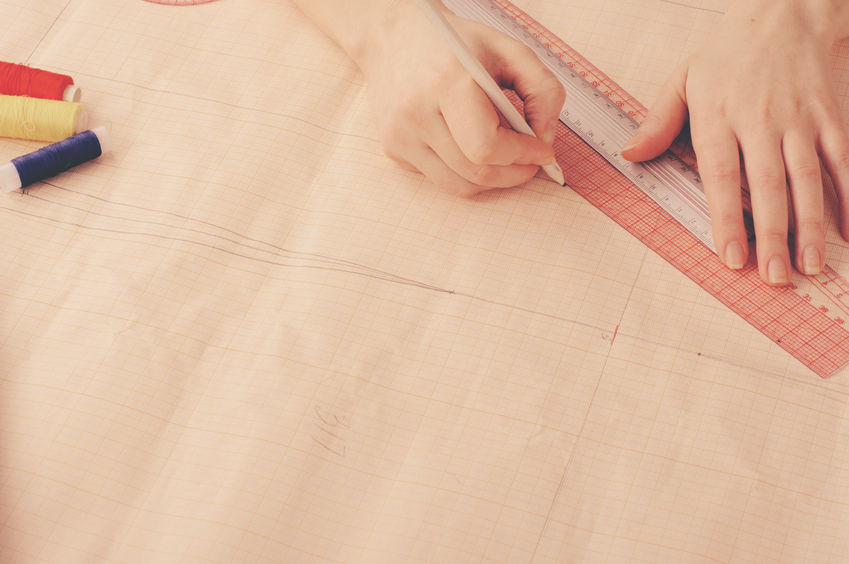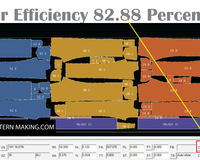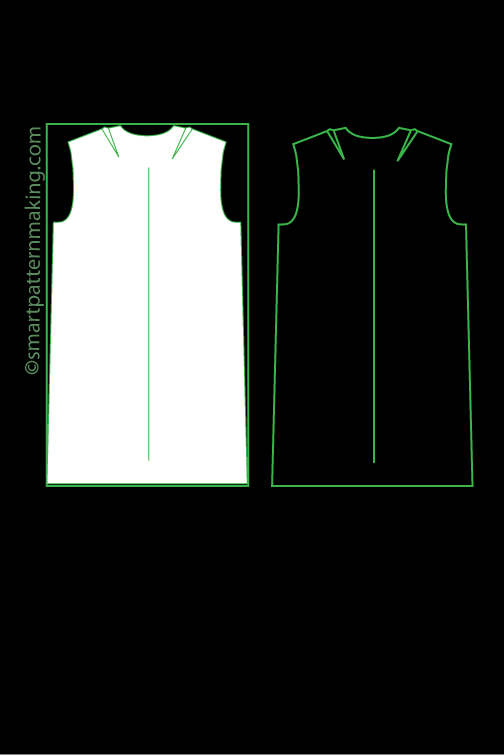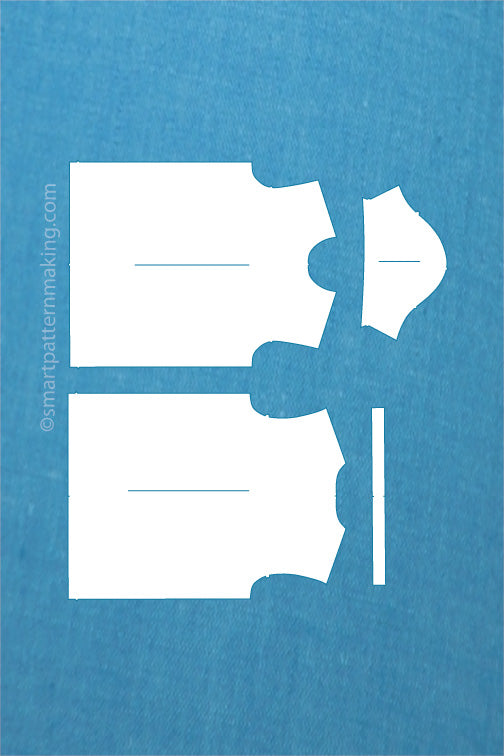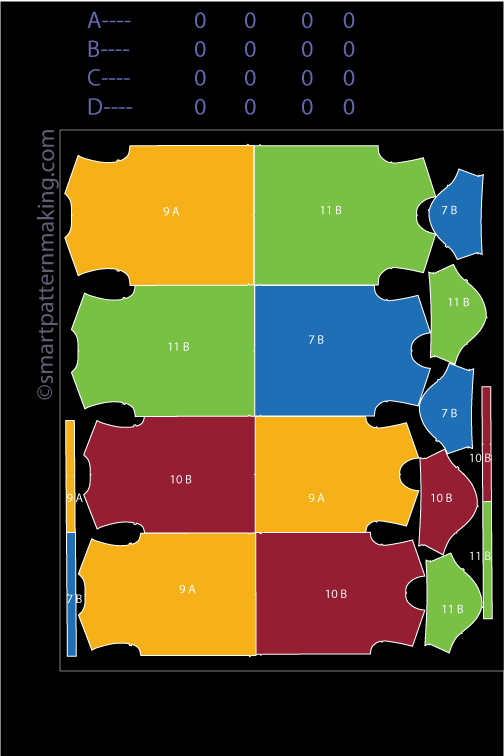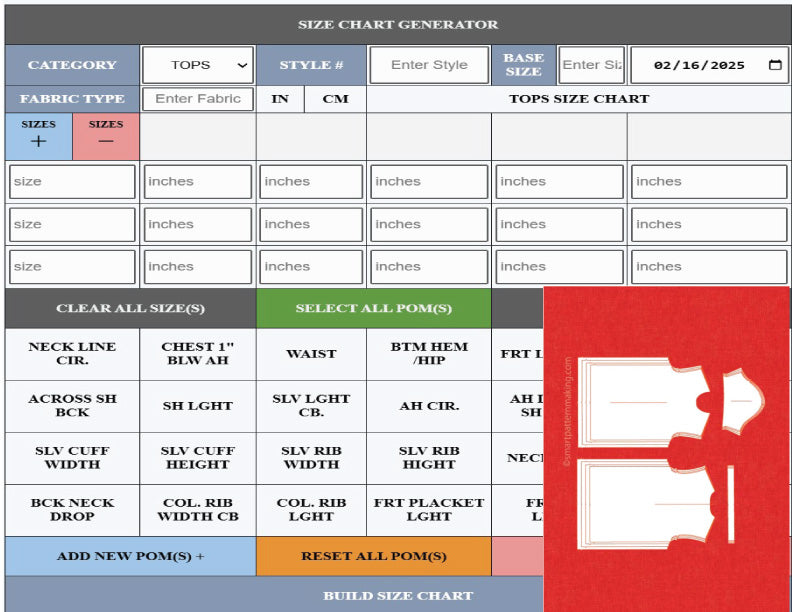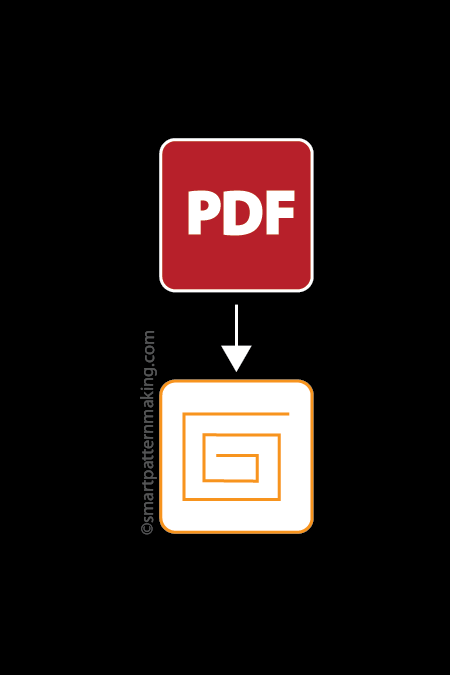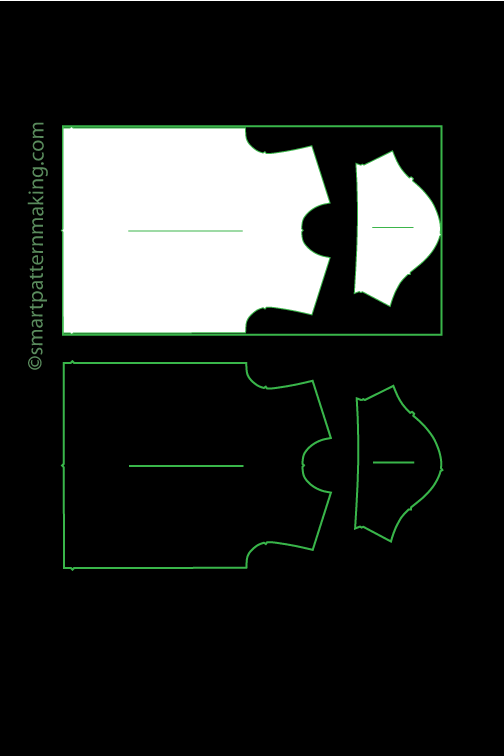If you're in need of pattern grading services or want to learn how to grade patterns yourself, you've come to the right place. This comprehensive guide will walk you through the modern methods of pattern grading, including resizing, altering, and grading patterns to achieve the perfect fit. Whether you're a professional pattern grader or a DIY enthusiast, this guide has everything you need to know.
What is pattern grading?
Pattern grading is the process of resizing a pattern to fit different sizes. It involves increasing or decreasing the dimensions of a pattern to create a range of sizes, ensuring that each size maintains the same proportions and fit as the original pattern. Pattern grading is essential in the fashion industry, as it allows designers to create garments that can be produced in multiple sizes and cater to a wider range of customers. Whether you're a fashion designer, a pattern maker, or someone who enjoys sewing their own clothes, understanding pattern grading is crucial for achieving the perfect fit.

The benefits of modern pattern grading.
Modern pattern grading offers numerous benefits for fashion designers and pattern makers. One of the main advantages is efficiency. With modern grading techniques and software, patterns can be resized and graded much faster than traditional manual methods. This saves time and allows designers to produce garments in multiple sizes more quickly.
Another benefit is accuracy. Modern grading software ensures precise and consistent grading, maintaining the proportions and fit of the original pattern across all sizes. This helps to create garments that fit well and flatter different body types.
Additionally, modern pattern grading allows for customization. Designers can easily alter patterns to create unique styles or accommodate specific customer requests. This flexibility opens up endless possibilities for creativity and personalization.
Lastly, modern pattern grading promotes sustainability. By creating patterns that can be easily resized and graded, designers can reduce waste and minimize the need for multiple pattern drafts. This not only saves resources but also contributes to a more sustainable and eco-friendly fashion industry.
Overall, embracing modern pattern grading techniques can greatly enhance the efficiency, accuracy, customization, and sustainability of the pattern-making process, leading to better-fitting garments and happier customers.
Understanding the process of resizing patterns.
Resizing patterns is an essential part of pattern grading, and understanding the process is crucial for achieving a perfect fit. When resizing a pattern, the goal is to maintain the proportions and shape of the original pattern while adjusting it to fit different sizes.
The first step in resizing patterns is to determine the measurements of the different sizes you want to create. This can be done by taking measurements from a size chart or using standard body measurements. Once you have the measurements, you can start resizing the pattern.
There are several methods for resizing patterns, including the slash and spread method, the pivot method, and the grading ruler method. Each method has its own advantages and is suitable for different types of patterns and adjustments.
When resizing patterns, it's important to consider the ease allowance. Ease refers to the additional space added to a garment to allow for movement and comfort. The amount of ease needed can vary depending on the style of the garment and the preferences of the wearer.
After resizing the pattern, it's important to check the fit by making a toile or muslin. A toile is a test garment made from inexpensive fabric that allows you to see how the resized pattern fits on a body. Adjustments can be made based on the fit of the toile to ensure a perfect fit.
Overall, understanding the process of resizing patterns is essential for achieving a perfect fit and creating garments that flatter different body types. By embracing modern pattern grading techniques and using the right resizing methods, fashion designers can create garments that fit well, are comfortable to wear, and make their customers happy.
Tips for altering patterns to achieve the desired fit.
Altering patterns is a common practice in the fashion industry to achieve the desired fit for different body types. Here are some tips to help you alter patterns effectively:
- Take accurate measurements: Before altering a pattern, make sure to take accurate measurements of the person who will be wearing the garment. This will help you determine the areas that need adjustment.
- Use a muslin or toile: Making a muslin or toile is a great way to test the fit of the altered pattern before cutting into your final fabric. This allows you to make any necessary adjustments without wasting expensive materials.
- Start with small adjustments: It's always better to start with small adjustments and make gradual changes. This way, you can easily undo any alterations that don't work out and avoid ruining the pattern.
- Focus on one area at a time: Instead of trying to alter the entire pattern at once, focus on one area at a time. This will help you maintain control and ensure that each alteration is done accurately.
- Keep the original design in mind: While altering patterns, it's important to keep the original design in mind. Make sure that the alterations you make don't compromise the overall aesthetic of the garment.
- Use pattern alteration tools: There are various tools available in the market that can help you with pattern alterations, such as pattern rulers, curve rulers, and tracing paper. These tools can make the process easier and more precise.
- Practice and experiment: Pattern alteration is a skill that improves with practice. Don't be afraid to experiment and try different techniques to achieve the desired fit. With time, you'll become more confident in your abilities.
- Seek professional help if needed: If you're struggling with pattern alterations or have a complex design, don't hesitate to seek professional help. Pattern grading services or consulting with an experienced pattern maker can save you time and ensure accurate results.
Remember, altering patterns is a process that requires patience and attention to detail. By following these tips and practicing regularly, you'll be able to achieve the desired fit and create garments that flatter different body types.
How to effectively grade patterns for different sizes.
Grading patterns for different sizes is an essential skill in the fashion industry. Here are some tips to help you effectively grade patterns:
- Understand the grading rules: Grading rules determine how much to increase or decrease the measurements of a pattern to achieve different sizes. Familiarize yourself with industry-standard grading rules or create your own if you're designing for a specific target market.
- Use a grading ruler: A grading ruler is a specialized tool that helps you accurately grade patterns. It typically has multiple lines representing different sizes, allowing you to easily increase or decrease measurements.
- Start with the base size: The base size is the size that the pattern was originally designed for. Begin by grading the pattern up or down from the base size to create larger or smaller sizes.
- Maintain proportions: When grading patterns, it's important to maintain the proportions of the original design. Pay attention to the shape and style lines to ensure that they remain consistent across different sizes.
- Test the graded pattern: After grading the pattern, it's crucial to test the fit on a sample garment or muslin. This will help you identify any issues with the grading and make necessary adjustments before cutting into your final fabric.
- Consider ease allowances: Ease allowances refer to the additional space added to a garment for comfort and movement. Take into account the appropriate ease allowances for each size to ensure a comfortable fit.
- Use grading software: If you're working on a large-scale grading project or want to streamline the process, consider using grading software. These programs can automate the grading process and provide accurate results.
- Seek professional assistance if needed: Grading patterns can be complex, especially when dealing with intricate designs or unconventional sizing. If you're unsure or overwhelmed, don't hesitate to seek professional assistance from a pattern grading service or an experienced pattern grader.
By following these tips and practicing regularly, you'll become more proficient in grading patterns for different sizes. Remember to always double-check your measurements and test the fit to ensure a well-fitting garment for every size.
Ready to start grading your fashion design patterns? If so, send us a message here! We are apparel industry pattern grader experts with 25 plus year experience in pattern grading and resizing.
-------------------------------------

